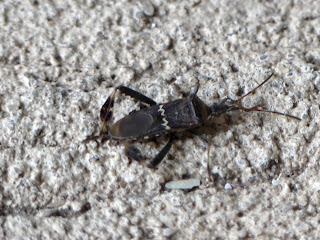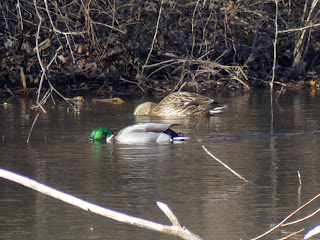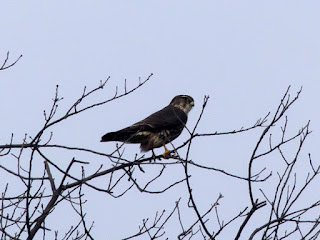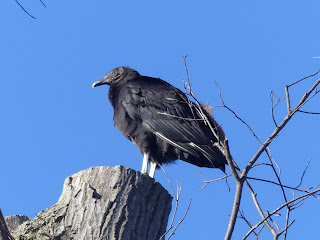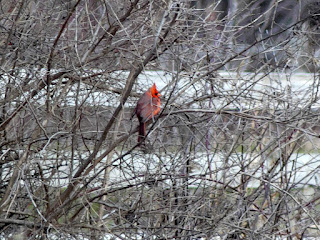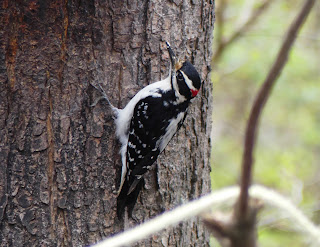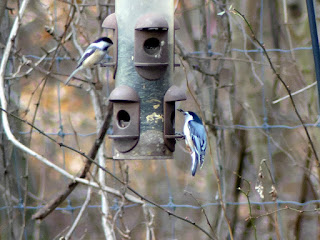Northern Harrier

Here's another Northern Harrier . I showed you one just a couple weeks ago, but since this might be the last one I see for a while, let's show it too. While my area is around the southern edge of their breeding range , I don't think I've seen them in the summer [1]. Once again I got a distant shot of a moving harrier, so you probably can't see its somewhat owly face. (I doubt owls would agree with that description; they'd probably describe a Northern Harrier's face as "hawky".) Their genus name is Circus . Witnessing their acrobatic flights, I initially wondered if the name came from circus acrobats, but it sounds like "circus" derived from "circle" and reflects their circular flights over meadows. There are other "harrier hawks" in genus, though the Northern Harrier is the only 1 you should expect to find in North America [2]. February 21, 2023 at Duke Farms Photo 264701908, (c) jpviolette, some rights reserved (CC B...

